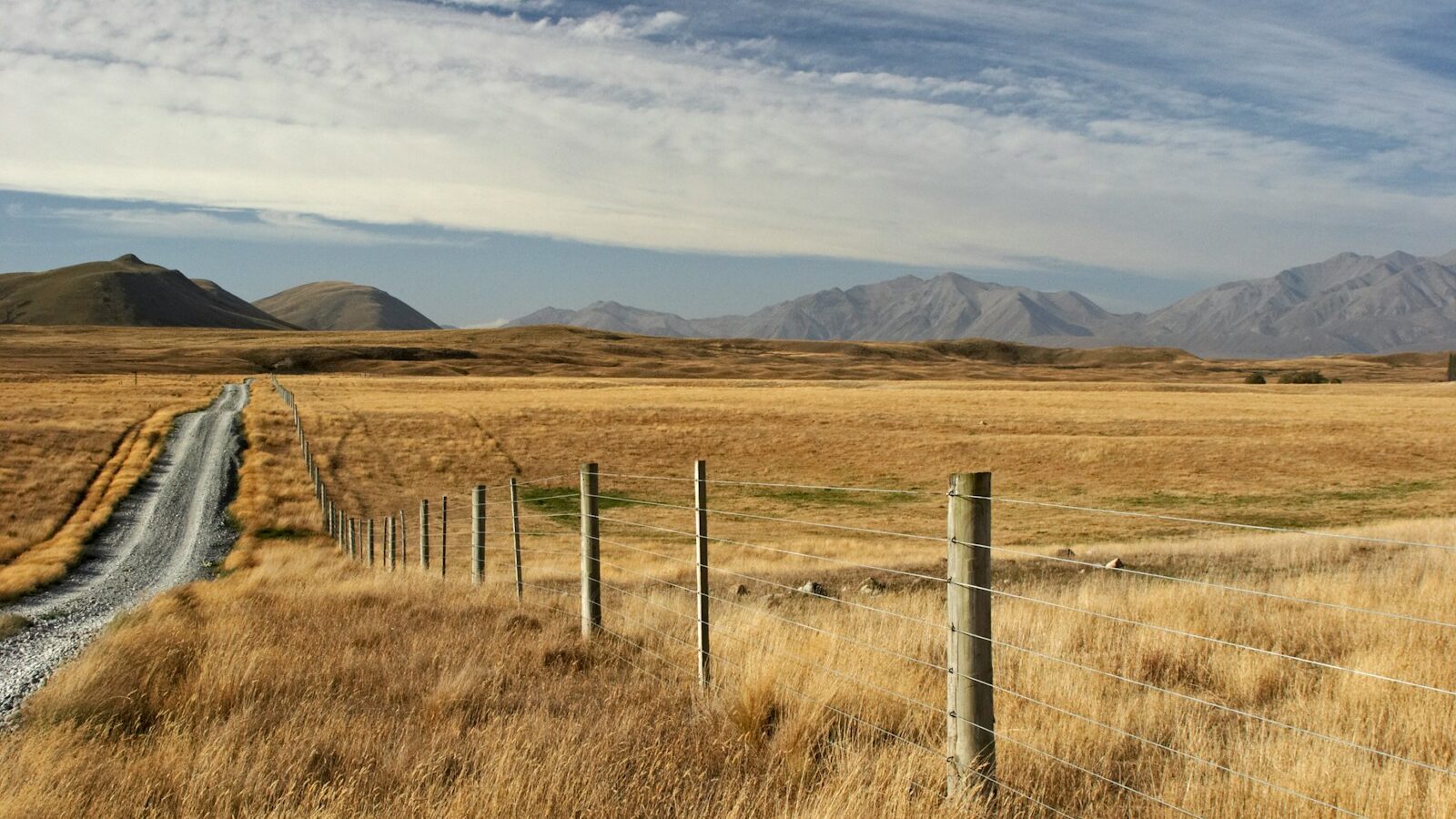Part 7 of TrainingZone’s ‘Back to basics in learning and development’ series, examines Universal Design for Learning (UDL) and how it can support inclusive learning design and delivery.
What is Universal Design for Learning?
UDL was created by the Center for Applied Special Technology (CAST, ), “so that all learning experiences in school, the workplace, and life are thoughtfully designed to elevate strengths and eliminate barriers.”
Designed to address diversity in learning, UDL guidelines focus on three main areas:
1. Multiple Means of Engagement – the why of learning
For L&D professionals, this encourages us to make L&D motivating, relevant and interesting for all our participants. This means using various methods to capture attention and giving individuals the choice of which method they use to engage.
2. Multiple Means of Representation – the what of learning
This principle centres on the need to present content and information in numerous ways using different formats and modalities. This caters to the diverse ways in which individuals process and understand what is offered to them.
3. Multiple Means of Action & Expression – the how of learning
The final principle focuses on providing individuals with diversity of interaction with learning material. A range of choices are offered so that participants can respond in various ways, take different pathways through a learning environment and share what they have learned via various channels using different communication methods.
Diversity through all the learning stages
Learning and development professionals have always dealt with the challenges of responding to individual needs. What UDL helps us to do is ensure that our learning design provides diversity at different stages during a learning intervention.
Now we understand the three core pillars of UDL, let’s look how we can apply these within our L&D strategies.
How to provide multiple means of engagement
Consider these four practical ways to better engage learners with diversity in mind.
Ensure that any learning content is viewed as relevant and valuable to participants
Create content in the language of the organisation and relate it directly to the roles of employees.
Where possible, draw case studies and examples from within the organisation or the sector. When using ideas from other organisations / sectors, ensure the reasoning behind this is clear.
Offer choices to support personalisation
Vary activities and sources of informations that individuals can choose to access based on their interests and experience level. If possible, consider how content might be personalised to each individual or job role.
Provide diverse learning routes
Give participants the opportunity to choose their route through a learning programme. For example, if the programme is modular, give options for different starting points or the order in which modules are completed.
Consider the benefits of community learning
Use group activities and peer support to foster collaboration and community before, during and after the programme.
How to provide multiple means of representation
Next up, let’s look at how you can make your learning more accessible.
Offer multimedia content
Provide content in a range of formats, including audio, video and text, so that participants can choose the format that best suits them.
Provide reformatting capabilities
Create electronic copies of documents which allow participants to reformat them and use assistive technology to access them – for example text-to-speech.
Use integrated accessibility tools
Take advantage of built-in accessibility features within common software. For example, immersive reader within MS Word. Encourage and support participants to use these tools.
Apply accessible content design practices
Use accessible fonts (sans serif fonts are considered to be preferable) and clear layouts for materials. Where possible, provide visual as well as text-based representations of key concepts.
Don’t forget about subtitles
Provide captions for video and audio content as well as transcripts.
Demystify business jargon
Give participants a glossary that provides definitions of common terminology being used in the programme.
How to provide multiple means of action and expression
Encourage meaningful participation, by offering numerous feedback and collaboration opportunities
Provide multiple feedback channels
Offer a range of different feedback options for participants within group sessions and workshops. Consider verbal comments, written comments and visual feedback such as via a poster or video.
Invite (but do not enforce) collaboration
Give individuals the option to participate in a session as an individual, with a partner or in a group. Do not dictate how activities should be completed, but give a range of ideas. Encourage collaboration but do not force it.
Experiment with different tools and technologies
Use available and appropriate digital technologies to support different ways of participating in a session for example polling software, shared documents or digital whiteboards.
Overarching considerations in UDL
To support the implementation of UDL, consider the following underpinning actions to drive positive impact:
- Ensure that learning outcomes are clearly and overtly aligned with individual, team and organisational goals.
- Communicate regularly with programme participants. Deploy a range of channels and use participant language, rather than the language of L&D.
- Plan for a diverse range of participants and welcome different ways of engaging with learning programmes.
- Where there is an individual need for specific accommodations, acknowledge and support this, drawing on internal or external resources.
In today’s fast-changing business landscape, cultivating an ‘always learning’ work environment has never been more important. Organisations can foster this much-desired learning culture by implementing the key principles of Universal Design for Learning outlined here.
By creating inclusive learning experiences through UDL approaches, you will enable your diverse workforce to flourish and your business to grow.








